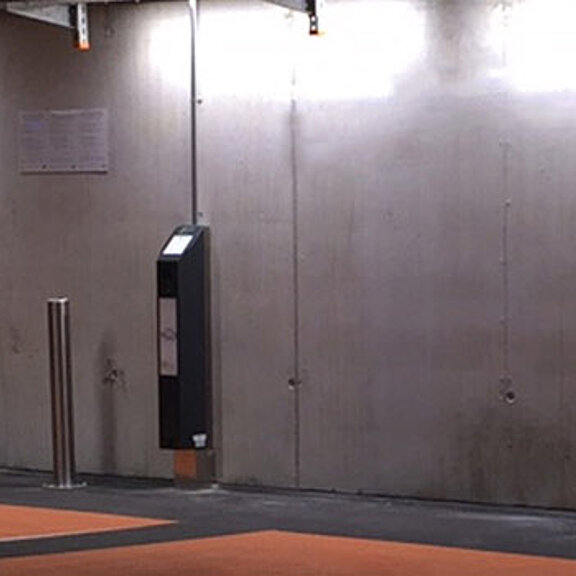

A charging station or a charging infrastructure is only as intelligent as its brain – the charge controller. The use of a smart charge controller is essential for the successful operation of a charging station.
The 6 mA DC residual current detection according to IEC 62955 integrated in the CC613 charge controller detects DC residual currents in the controller and stops the charging process. Along with the other safety features mentioned below, the DC residual current detection offers the operator high availability of the charging point. By detecting a possible DC fault current at an early stage, on-site visits by a service technician can be reduced to a minimum.
Furthermore, DC residual current detection offers the great advantage of an automatic restart as soon as the fault is no longer present. This means that there is no need for a service technician to manually restart the charging station on site.
The weld check integrated in the CC613 outputs an error message in case of a "sticking" contactor or load switch. Since in this case the power supply is not interrupted and thus a life-threatening current can flow, the weld check provides increased personal protection.
To further increase the safety against electric shock, the CC613 ensures a proper connection of the protective conductor (PE) to the controller with PE monitoring.
The integrated charging plug emergency opener offers the advantage that in the event of a power failure, the end user can safely disconnect the charging cable from the charging station without you having to be on site or the end user having to wait for a service technician.
With the newly integrated 230-V control relay, the contactor can be switched directly with the CC613 for power release on the vehicle side. An additional relay is no longer necessary.
The emergency opener integrated in the charge controller also eliminates the need for a further additional component.
Thanks to the on-board 4G modem, the use of an additional mobile radio component is no longer necessary, thus saving additional space.
This makes your charging point much more compact and space-saving, which is a great advantage especially in underground garages or cramped car parks.
The Ethernet interface integrated in the CC613 enables a very simple interconnection of the charge controllers via Ethernet, EEBUS or Modbus TCP. A connection to an energy management system can also be implemented via the external Modbus interface, with which the core functions of the CC613 can be controlled.
With the dynamic load management (DLM) integrated in the CC613, a higher-level control (energy management system) is no longer required to regulate the load management. This significantly reduces the overall costs of your networked charging infrastructure.
However, if a higher-level energy management system is available, the CC613 can be controlled by it, which enables the integration of the charge controller into existing charging infrastructures.
In addition, dynamic load management ensures smart and optimal distribution of the available power among all charging points. This prevents overloading of the network and thus damage to the electrical installation, thereby preventing a possible fire hazard.
The integrated Ethernet interface together with the integrated dynamic load management enables the operator to easily implement networked charging infrastructures that communicate with each other.
The CC613 guarantees compliance with standards. Regular software updates ensure that the latest standards are always taken into account and new functions are added to the controller, guaranteeing future proof operation of your charging station
The OCPP (Open Charge Point Protocol) 1.5 & 1.6 (JSON & SOAP) compliance provides you as an/the operator with two decisive advantages: On the one hand, your charging points can be integrated very easily into existing backend and roaming systems such as has-to-be, Virta, Plugsurfing, Hubject or others. On the other hand, you can offer the end user a very convenient authorisation option via RFID, app or Giro-e.
With its Powerline Communication Standard (PLC) according to ISO 15118, the CC613 enables your charging station to implement plug & charge, with which the simplified and direct connection of the electric vehicle to the charging station is possible.Authentication takes place automatically via the charging cable with the charge controller and thus facilitates the charging process including billing. In addition, bi-directional communication with the vehicle serves as the basis for intelligent connection to energy management systems.
The PLC guarantees a future-proof charging station and offers the end user comfortable charging of the electric vehicle.
Via the integrated 4G modem, you can connect your charging station directly to a backend and monitor the system, read out and, if necessary, directly correct errors and install remote software updates, thus making remote maintenance possible.
| Name | Category | Size | Language | Timestamp | D-/B-Number |
|---|---|---|---|---|---|
| CC613 | Datasheets | 531.4 KB | EN | 2023/03/1010.03.2023 | D00381 |
| Safer Charging with the New Generation CC613 | Technical article | 772.9 KB | EN | 2020/06/0505.06.2020 | |
| Charge Controller CC613 | Tender texts | 113.7 KB | EN | 2022/07/2626.07.2022 | D00381 |
Products
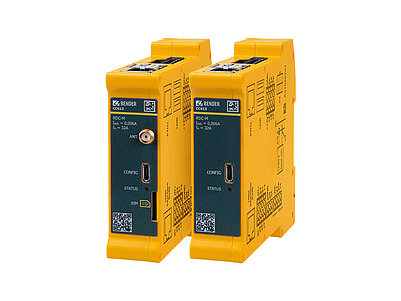
The next generation of smart charge controllers
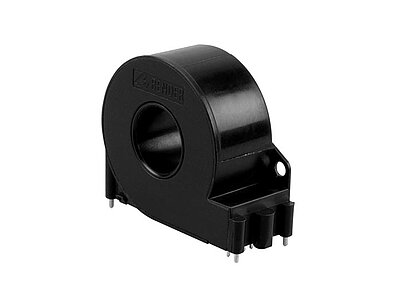
AC/DC sensitive measuring current transformer
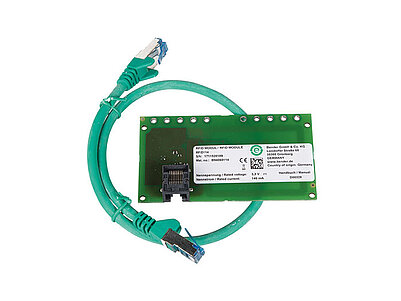
RFID module without integrated status LEDs for use with charge controllers
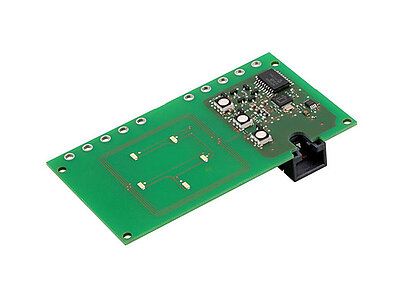
RFID module with integrated status LEDs and reinforced antenna power
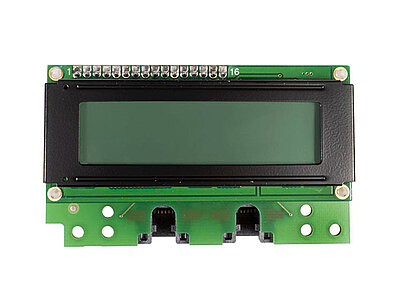
Display Module for charge controllers

The next generation of smart charge controllers

AC/DC sensitive measuring current transformer

RFID module without integrated status LEDs for use with charge controllers

RFID module with integrated status LEDs and reinforced antenna power

Display Module for charge controllers